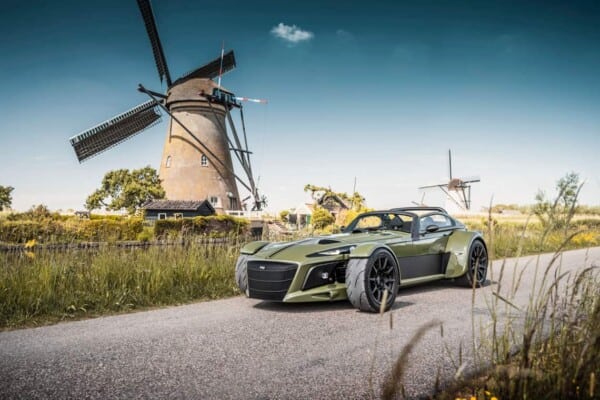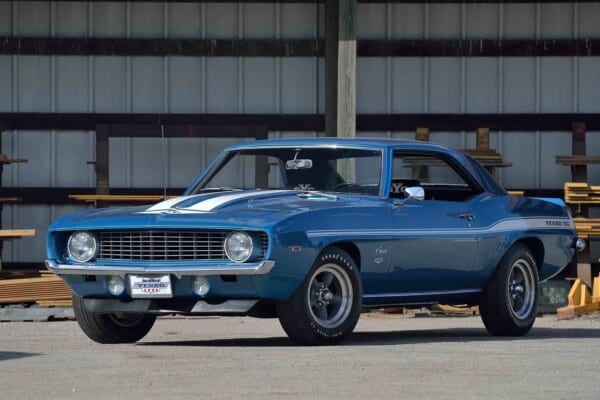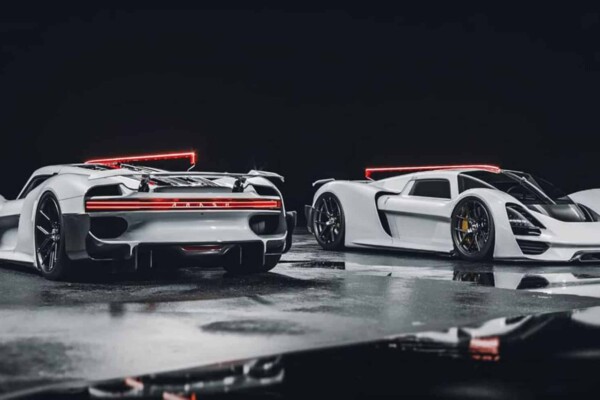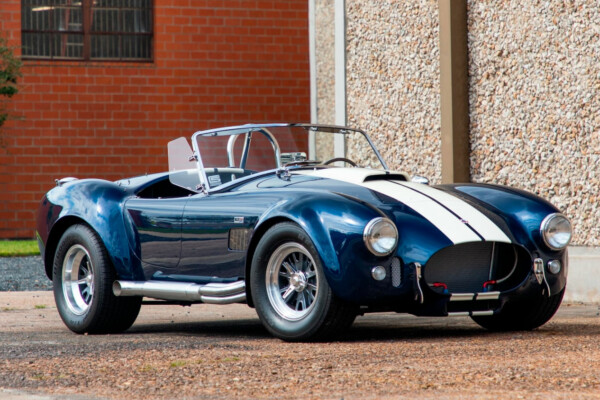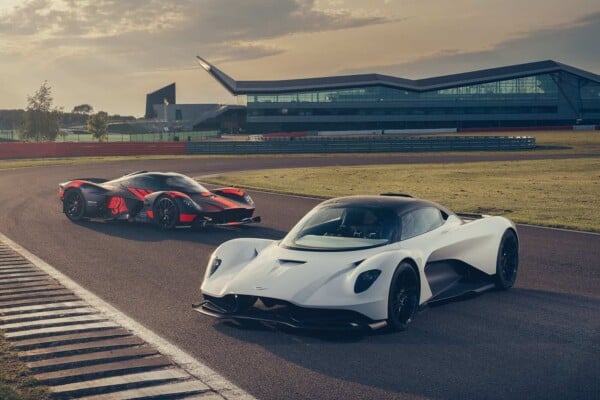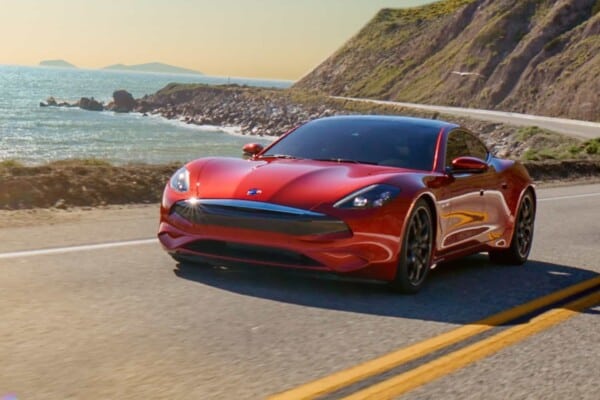TooThe famous Japanese car brand and now the world’s top automobile manufacturer, Toyota, was founded in 1937. The company was incorporated as a result of the efforts of Kiichiro Toyoda (Born in 1894). His interest in the automobile industry began in 1924 when he created his own engine. Let’s learn more about the Toyota logo and the company’s history below.
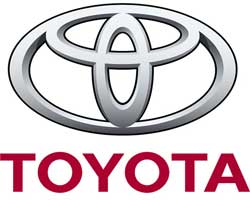
Toyota Logo
By 1929, Toyoda traveled to the US and Europe to learn more about automobiles. In 1930, Toyoda began his research into petrol-powered engines and then by 1933, he established the Toyoda Automatic Loom Works. The company focused mainly on manufacturing automotive parts, but in 1936, Toyoda though of creating a new logo. This is how Toyota’s logo was established and in 1937 the Toyota Motor Corporation was incorporated and the Koroma Plant began its automotive building operations. In this article, you will learn about the complete history of Toyota, important events, interesting news, and list of all its current vehicles.
Important Events in the History of Toyota
1940-1960
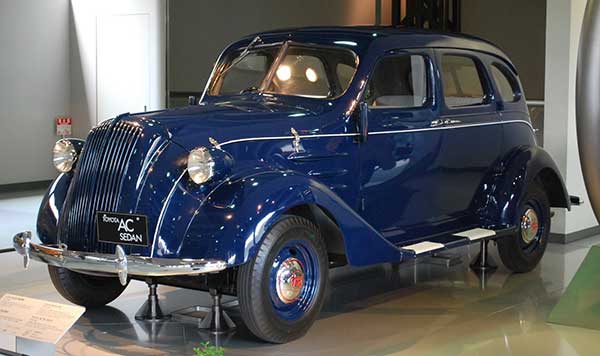
In the 40s, Toyota Motor Corporation began production of AE and AC passenger cars and KC and KB trucks. A few years later, Toyota Machine Works and Toyota Shatai Kogyo were also incorporated. In 1947, the production of SA compact passenger cars, SB small trucks, and BM trucks also begin and the 100,000th Toyota vehicle was produced domestically.
By the end of 1949, the company was on the verge of bankruptcy but eventually obtained a loan to stay afloat. In June 1950, Toyota was going out of business and sold only 300 trucks. Soon enough, the management announced wage reductions and layoffs, thus many people left the company. At that time, Taizo Ishida succeeded Kiichiro Toyoda and within a few months, an order of over 5,000 vehicles was placed by the US military for the Korean War.
Therefore, the company was eventually revived and Ishida soon made the decision of investing in equipment and purchased the Motomachi Plant in 1959. This plant gave the company a lead over Nissan during the 60s and even allowed Toyota to meet production demands.
1960-1980
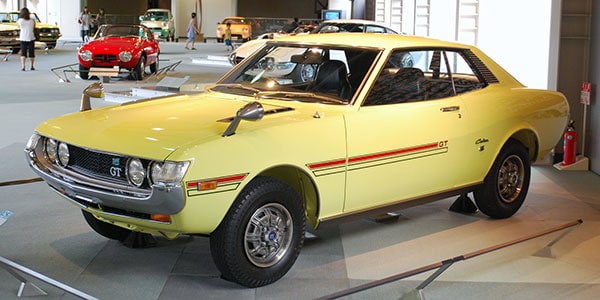
In 1961, the famous Toyota Publica was announced and a year later the millionth vehicle from the company was produced domestically. In 1963, Toyota also shifted its interest to commercial vehicles and introduced the RK170B light bus and by 64 the DA100 Heavy-Duty, Crown Eight, and FA100 trucks were also announced.
In 1965, the Toyota Sports 800 was announced and a year later the popular and still one of the best vehicles for nearly 7 decades, the Toyota Corolla was debuted. In 1967, Toyota introduced the famous 2000 GT sports vehicle. Towards the end of the 60s, the cumulative exports of the Toyota Motor Corporation reached a million units.
In the 70s, Toyota was incredibly successful and introduced the famous Light Ace, Carina, and Celica. Not to mention, two years later the company had produced its 10 millionth vehicle. A few years after the Publica, the Starlet was introduced and cumulative exports also grossed 5 million units. By the end of the 70s, Toyota Celica XX, Corsa, and Tercel were introduced and the Kinuura and Tahara plants began operations.
1980-2000+
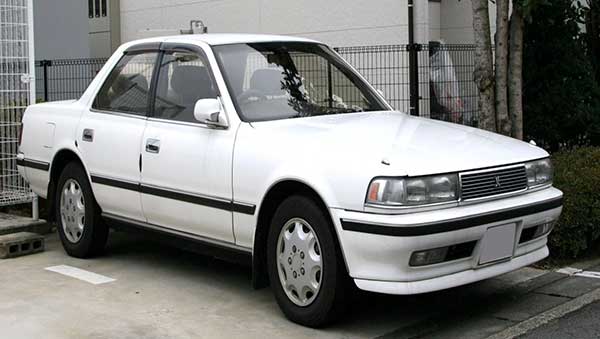
At the start of the 80s, Toyota received its first Japanese Quality Control Award and also began participating in a wide variety of motorsports. In 1984, a joint venture between General Motors and Toyota Motor Corporation was finalized in the US, the Toyota-General Motors. Additionally, the MR2 and Hilux Surf were also announced.
By 1986, the company had produced its 50 millionth vehicle and the annual domestic sales exceed 2 million units. In the 90s, the famous Estima, Windom, and Aristo were debuted and within a few years, annual overseas output reaches 1 million units. In 1997, the famous Toyota Prius was introduced and by the end of the 90s, annual overseas sales exceed 3 million units.
The start of the new century was an even more successful period for Toyota Motor Corporation and many popular vehicles were introduced. Additionally, the company even entered Formula One Racing Competition and established numerous retail outlets all over the US. By 2008, the worldwide Prius sales exceeded 1 million and a year later, worldwide hybrid sales reach 2 million units.
Toyota Automobiles Today

As of 2012, Toyota was the largest car manufacturer of 2012 in the whole world and in 2014 was the twelfth-largest company by revenue, which exceeded ¥22.064 trillion. In July of last year, the company also celebrated producing its 200-millionth vehicle and even won an award for producing more than 10 million vehicles per year.
Interesting News
According to recent reports, the Toyota Prius is sold in more than 70 countries and regions. Additionally, there are more than 1,506 Toyota dealers in the US. Originally, Toyota manufactured automated looms, but now is one of the largest automobile manufacturers in the world.
List of All Current Toyota Car Models
Trucks
- 2015 Toyota Tacoma
- 2015 Toyota Tundra
SUV’s
- 2015 Toyota Highlander Hybrid
- 2015 Toyota Land Cruiser
- 2015 Toyota Highlander
- 2015 Toyota 4Runner
- 2015 Toyota Sequoia
- 2015 Toyota Sienna
- 2015 Toyota Venza
- 2015 Toyota RAV4
Sedans
- 2015 Avalon Hybrid
- 2015 Toyota Avalon
- 2015 Toyota Hybrid
- 2015 Toyota Camry
- 2015 Toyota Corolla
- 2015 Toyota Yaris
Hybrid
- 2015 Prius Plug-in Hybrid
- 2015 Highlander Hybrid
- 2015 Camry Hybrid
- 2015 Toyota Prius V
- 2015 Toyota Prius C
- 2015 Toyota Prius
Convertibles
- 2015 Toyota GT86 Sports Car
As you can see in the Toyota history, the company has faced numerous ups and downs but it stood strong. Not to mention, it even faced bankruptcy. But who can believe that now as the company now has overall revenue exceeding ¥22 trillion, which makes it one of, if not the biggest automakers in the world.
Sources:

